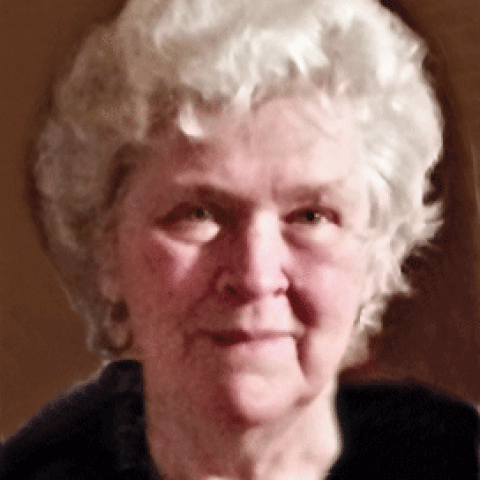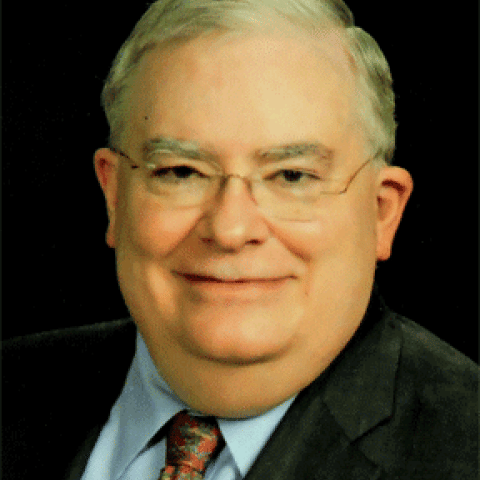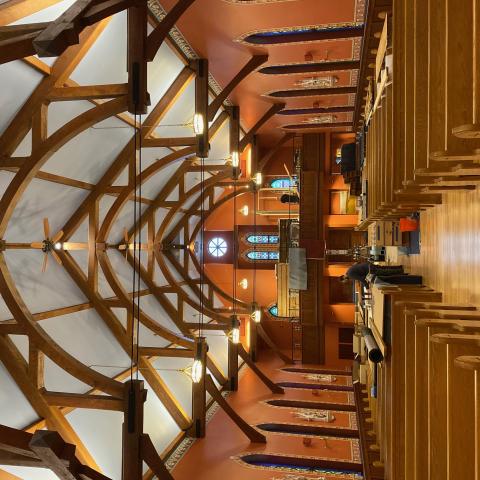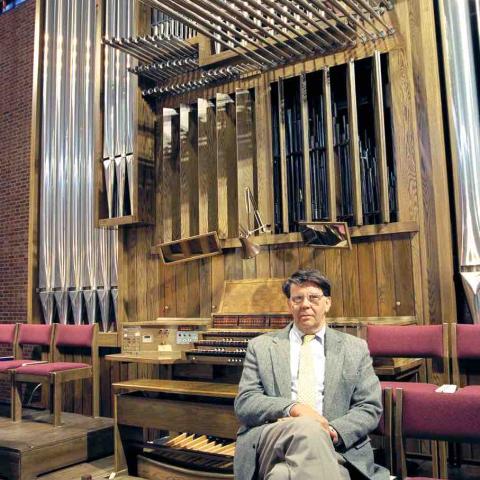
Richard Stanley Houghten, 78 years old, died December 29, 2021, from complications following heart surgery. Born October 7, 1943, in Detroit, he was introduced to the organ partly from exposure to the Barton organ at Ann Arbor’s Michigan Theatre, partly at an organbuilding class taught by Dr. Robert Noehren at the University of Michigan, where he was studying psychology. He eventually apprenticed to Noehren as an organbuilder, as did classmate Jerroll Adams; Adams and Houghten would soon be sharing a barn-workshop in Milan, Michigan, and regularly collaborating.
A conscientious and well-rounded organbuilder, Richard became best known as a specialist in consoles and electrical systems. Early in his career he worked for Solid State Logic, eventually becoming president and board chairman. In this role he was central to the industry’s adoption of solid-state technology, particularly in the 1970s and ’80s when such equipment was still novel. He was further central in evolving multilevel combination actions and other advanced console aids. By 1995, he was fully independent of SSL, undertaking projects and occasional organbuilding. From 1989 he also acted as North American representative for the Germany supplyhouse/organbuilder Aug. Laukhuff.
For Richard, demystifying solid-state technology was religion. He not only sold early systems but installed them, where, on site, he was intent on showing local technicians how to diagnose and service the new equipment. The reliable results of these early projects earned Richard a high reputation. Projects readily came his way, often without competition, and his client list over 57 years reads as impressively as any could. In the last 15 years alone, Saint Paul’s School (Concord, NH); Duke University; Harvard University; Calvary Church, Memphis; the Community of Jesus, Orleans, MA; and Trinity Church, Boston, sought his work. In turn, Richard regularly collaborated with J. Zamberlan & Co. for woodworking and his trusted affiliate Vladimir Vaculik, whose wiring had all the Houghten trademark elegance. Richard was equally active as a subcontractor, working largely in the background to builders wanting clear systems design coupled to immaculate installation and wiring. The relationships Dick forged with those shops, together with his technical mastery and reassuring demeanor, meant that it was often he, not the electronics manufacturer, who would be called in a crisis. “Is there smoke? Good. Next question…”
Throughout his career, Richard retained connections to the University of Michigan. During Jerroll Adams’ long tenure as organ curator there, the Houghten team renovated consoles for many campus organs, including the large four-manual at Hill Auditorium. The University link was furthered strengthened through a steady stream of organ students who also served as housemates in the Houghten condo, tending to the cats and technology Richard tended to gather there.
His funeral was held January 12, 2022 at Saint Paul’s Cathedral, Detroit. A broader celebration of Richard’s life is being scheduled immediately preceding the 2022 Atlantic City Convention of the American Institute of Organbuilders, with which Richard was centrally active and at whose regular October gatherings he celebrated a half-century of his own birthdays. That same community remembers him as an uncommonly generous colleague, ready to share knowledge, solve a problem, or make something as good as it could be for the benefit of all organbuilding.
—Jonathan Ambrosino
Other recent obituaries:







